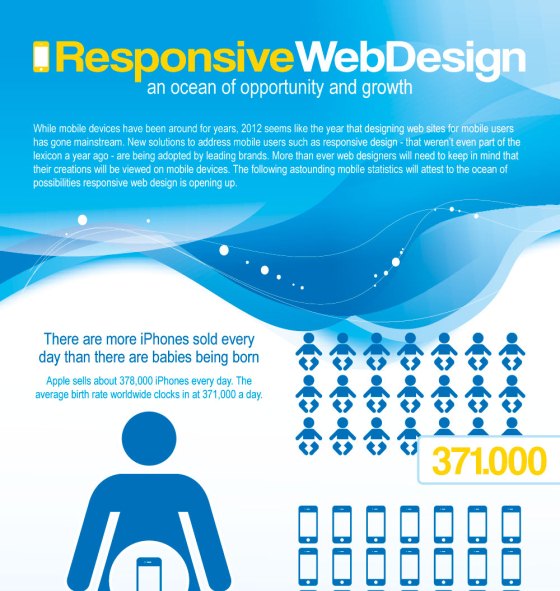Intrigued In Learning Just How Site Design Has Progressed? Take A Trip With The Transformation
Intrigued In Learning Just How Site Design Has Progressed? Take A Trip With The Transformation
Blog Article
Article Author-Kahn Clarke
In the past, websites were straightforward and concentrated on info. Navigation was straight, and layout was for desktops. Now, customer experience is crucial. Information guides layouts for simple navigation. Receptive designs suit different tools. Today, dark setting lowers pressure, and minimalist menus improve navigation. Interactive features engage individuals, and strong visuals stand out. AI combination increases involvement. See exactly how style has actually evolved to improve your on the internet journey.
Very Early Days of Web Design
In the very early days of website design, simpleness preponderated. Web sites were basic, with minimal shades, fonts, and layouts. The focus got on providing information rather than showy visuals. Customers accessed the net with sluggish dial-up connections, so rate and performance were key.
Navigation food selections were straightforward, generally located on top or side of the page. Sites were developed for desktop computers, as mobile browsing wasn't yet common. Content was king, and designers prioritized very easy readability over intricate style elements.
HTML was the main coding language utilized, and developers needed to function within its restrictions. Computer animations and interactive attributes were very little compared to today's criteria. Web sites were static, with little vibrant web content or individualized customer experiences.
Rise of User-Focused Style
With the advancement of site design, a change towards user-focused layout principles has become increasingly prominent. Today, creating internet sites that focus on user experience is vital for engaging visitors and accomplishing business objectives. User-focused design includes comprehending the requirements, choices, and habits of your target market to customize the web site's format, content, and features as necessary.
Developers currently conduct thorough research study, such as customer studies and use testing, to gather understandings and comments directly from individuals. This data-driven method assists in creating user-friendly navigating, clear calls-to-action, and aesthetically attractive user interfaces that resonate with site visitors. By putting the customer at the facility of the style procedure, web sites can deliver an extra individualized and enjoyable experience.
Receptive layout has also emerged as a crucial aspect of user-focused layout, guaranteeing that internet sites are optimized for various gadgets and display dimensions. https://realtybiznews.com/real-estate-digital-marketing-2/98767091/ improves accessibility and functionality, dealing with the diverse methods customers engage with internet sites today. In essence, the increase of user-focused design symbolizes a shift in the direction of producing electronic experiences that focus on the needs and assumptions of the end customer.
Modern Trends in Website Design
Explore the most up to date fads shaping web design today. One noticeable fad is dark setting style, using a smooth and contemporary appearance while reducing eye pressure in low-light atmospheres. One more key trend is minimal navigation, streamlining food selections and enhancing user experience by focusing on essential elements. Incorporating micro-interactions, such as animated buttons or scrolling impacts, can produce a more engaging and interactive website. Receptive layout continues to be critical, guaranteeing seamless customer experiences across different devices. In addition, using vibrant typography and unbalanced formats can add visual interest and draw attention to specific material.
Integrating AI innovation, like chatbots for client assistance or tailored recommendations, improves individual engagement and simplifies procedures. Availability has also become a significant trend, with developers focusing on inclusive style methods to cater to diverse individual requirements. Welcoming sustainability by maximizing site performance for speed and efficiency is an additional arising trend in website design. Working together with individual feedback and data analytics to iterate and improve style constantly is essential for remaining relevant in the ever-evolving electronic landscape. By accepting these contemporary trends, you can create an aesthetically attractive, straightforward web site that resonates with your target market.
Final thought
As you review the advancement of web site style from the very early days to currently, you can see exactly how user-focused layout has come to be the driving pressure behind modern trends.
Accept the trip of modification and adjustment in web design, always keeping the customer experience at the forefront.
Tippingpointdigital
Stay present with the most up to date patterns and technologies, and never ever quit progressing your method to develop aesthetically stunning and easy to use websites.
Develop, adapt, and create - the future of web design remains in your hands.
